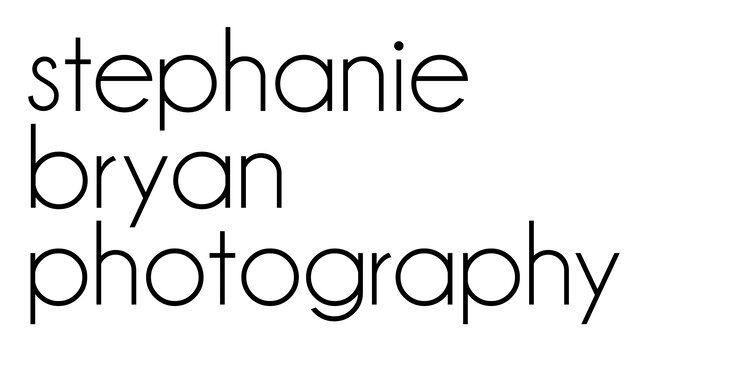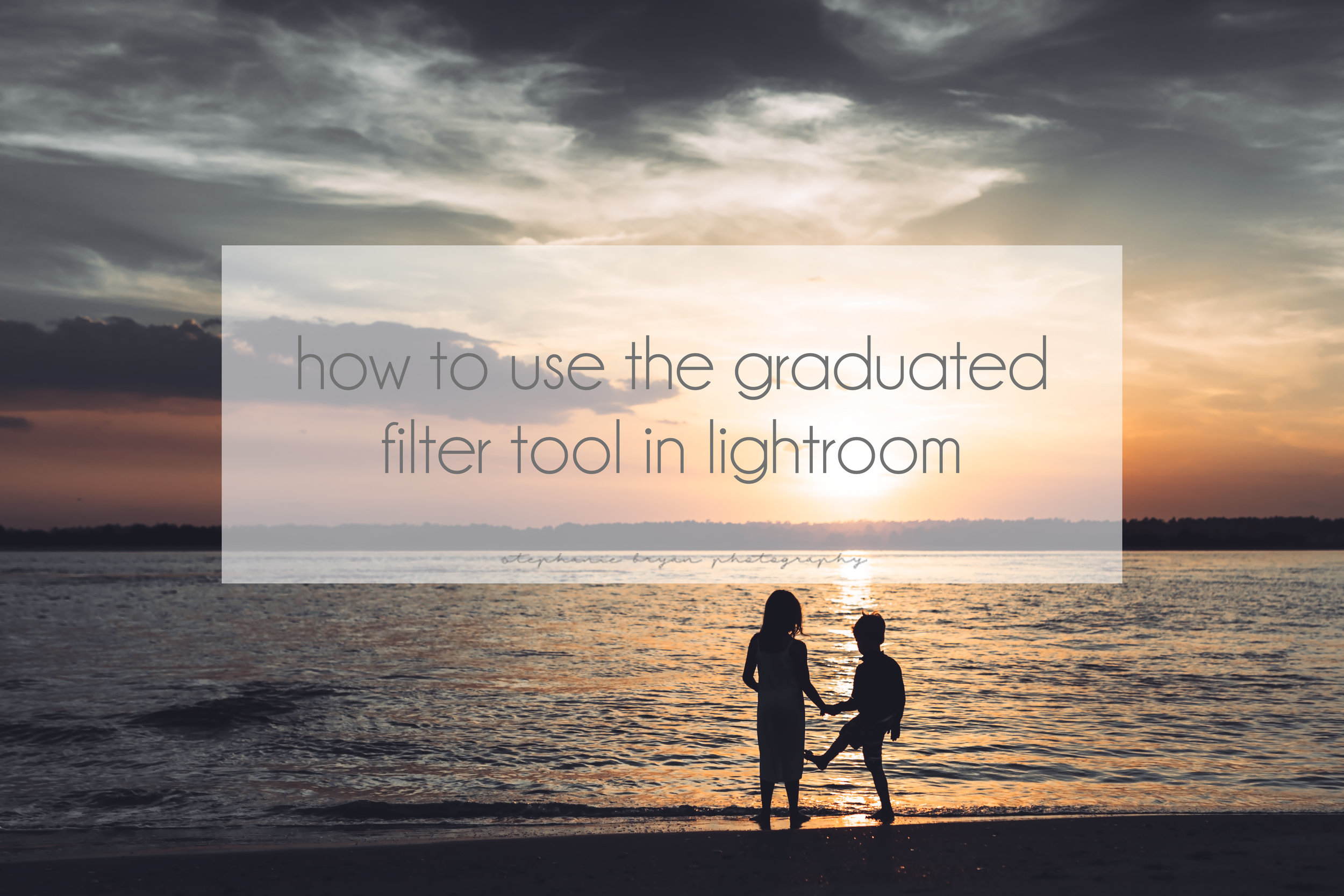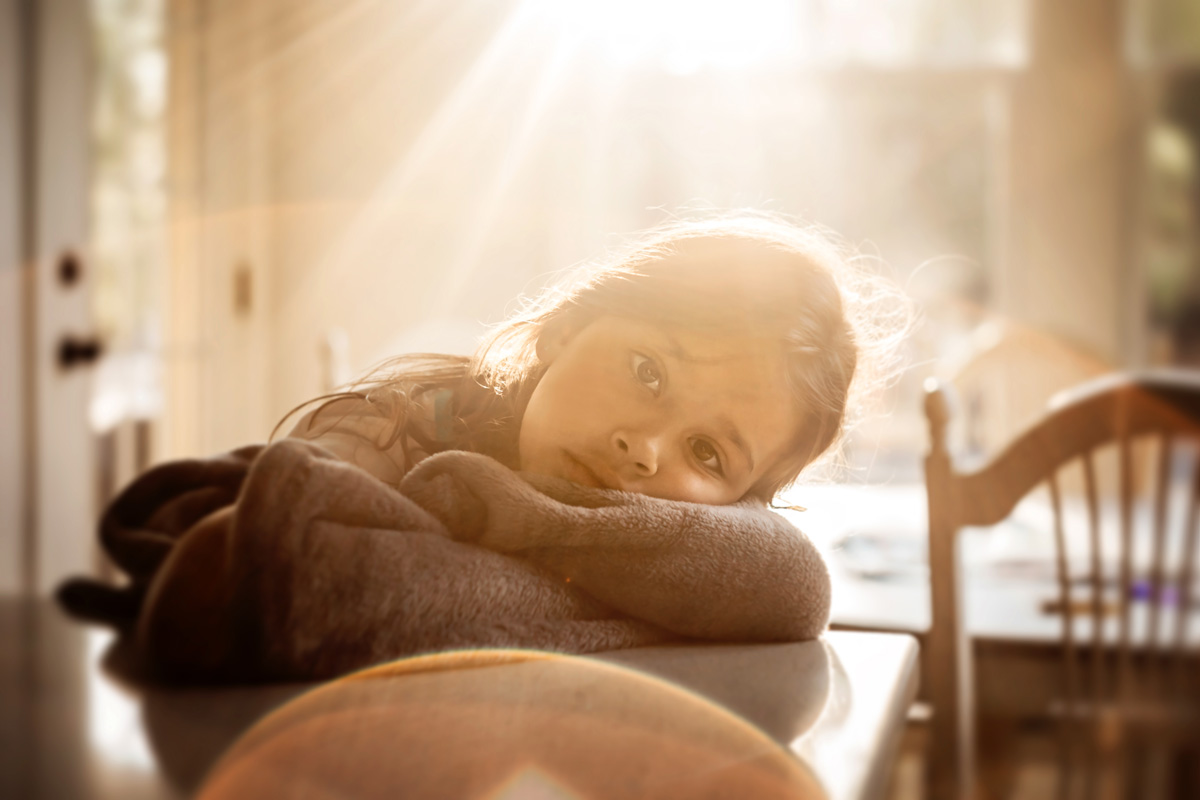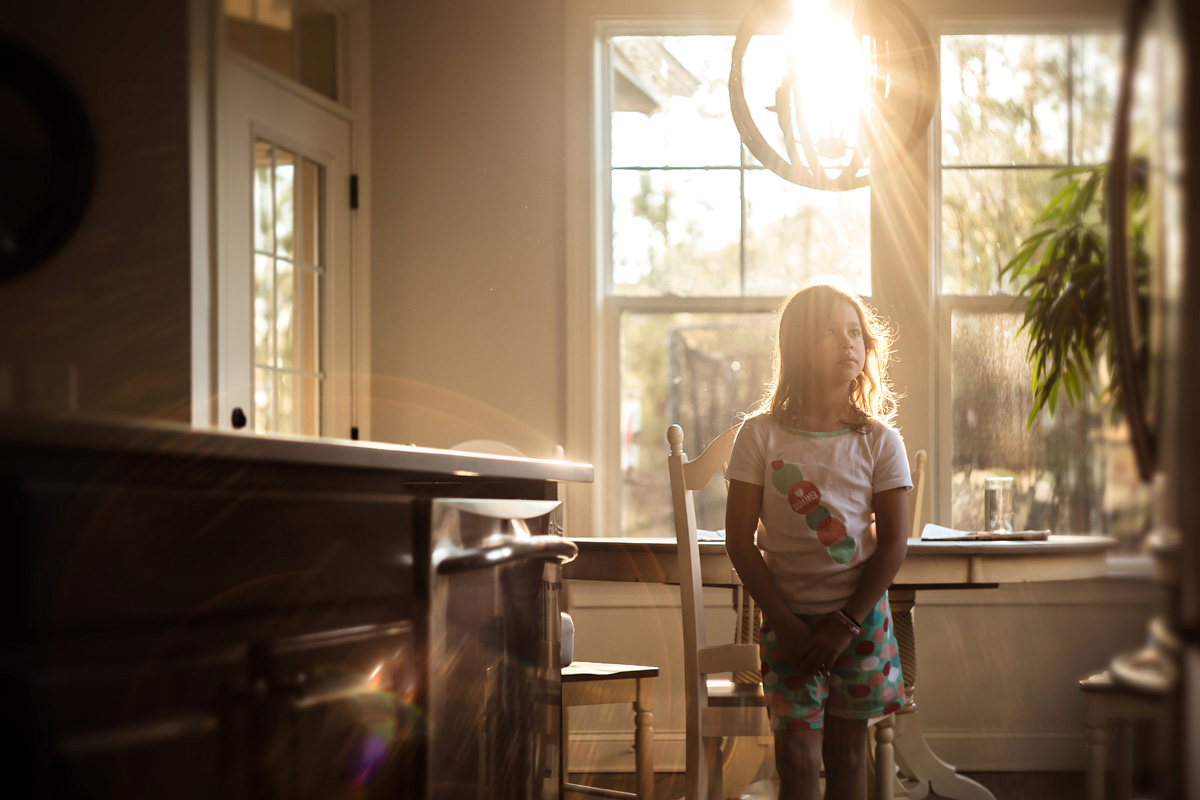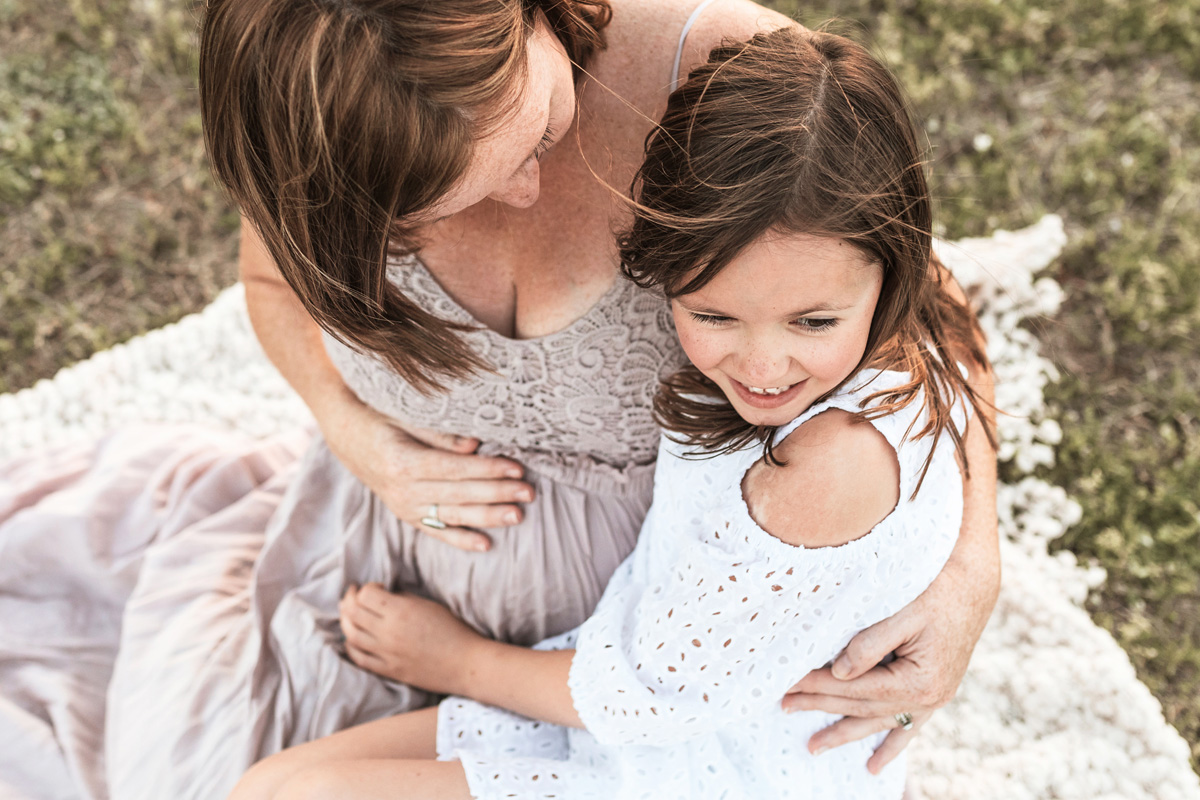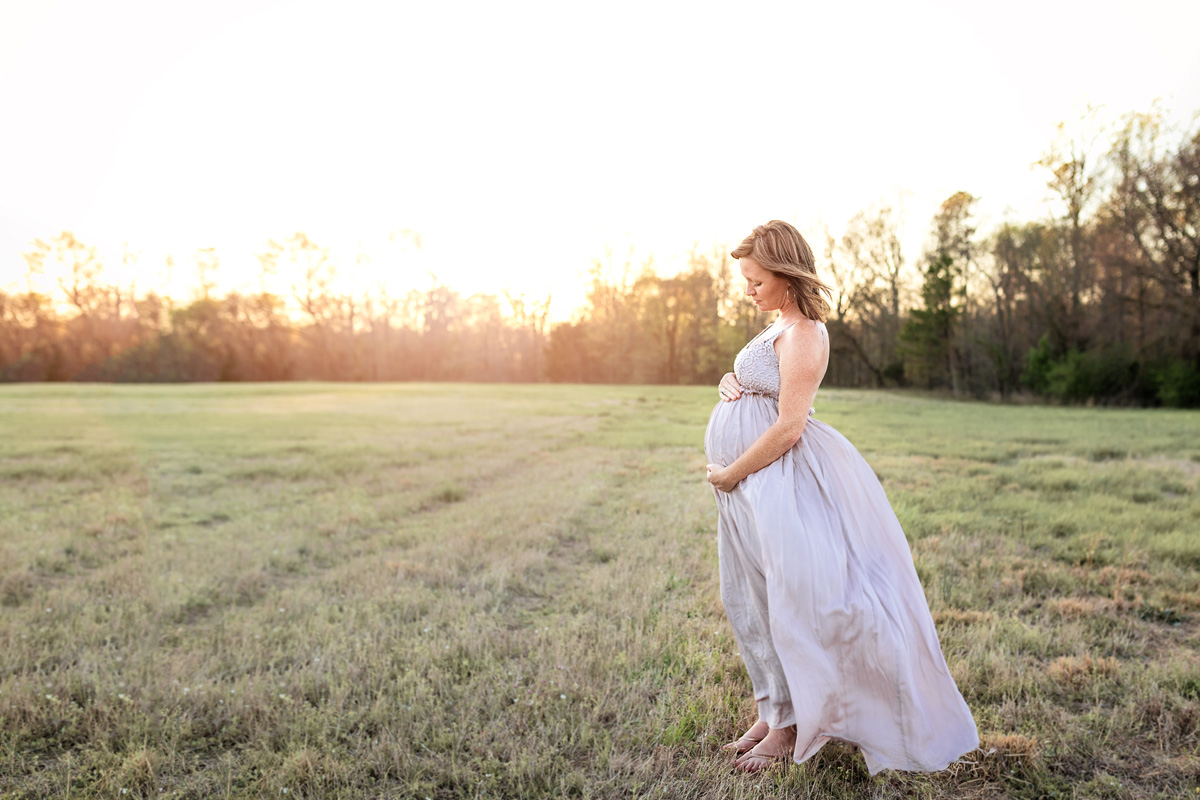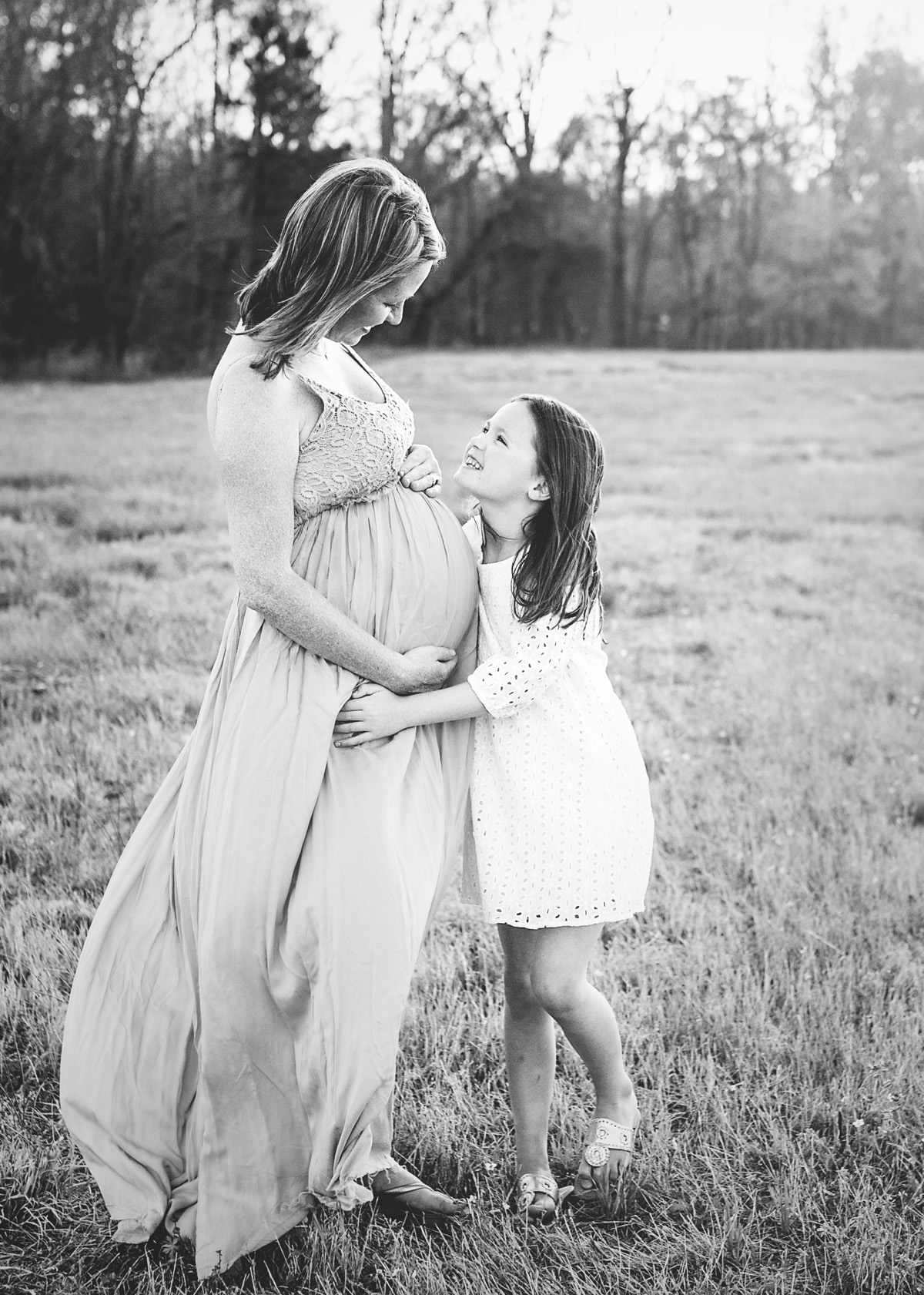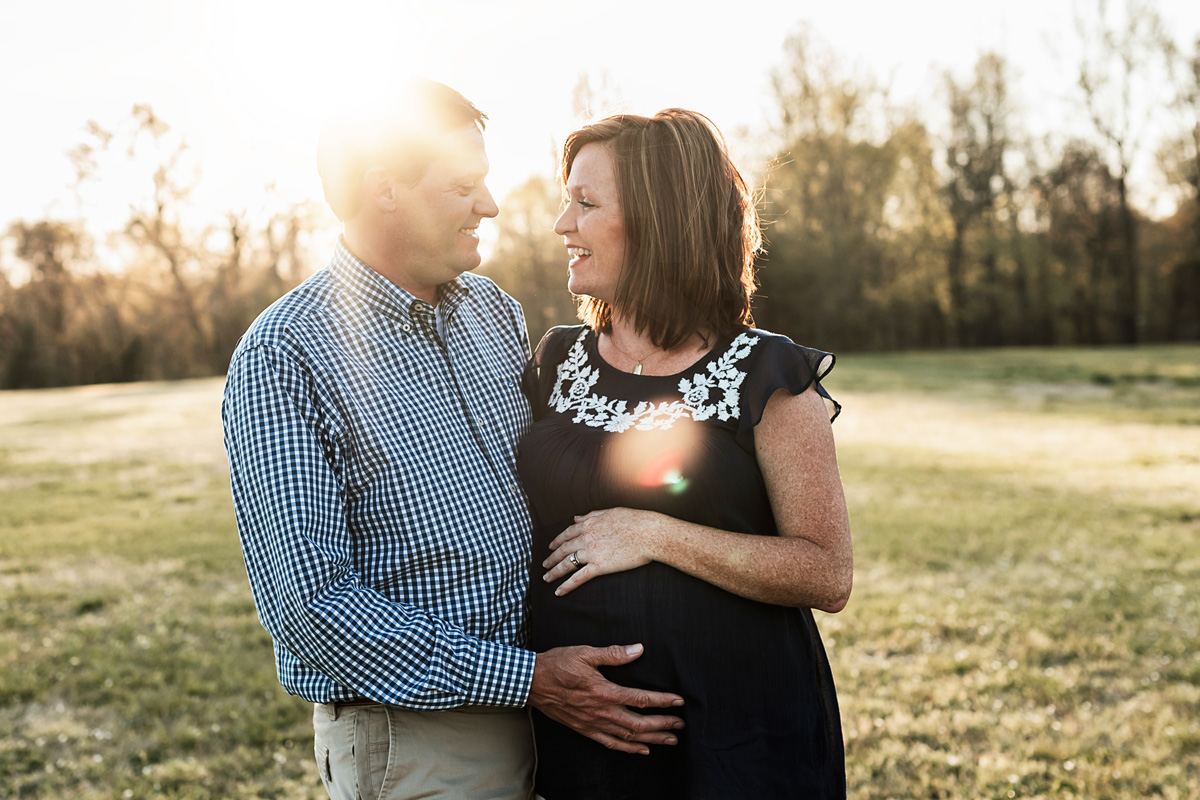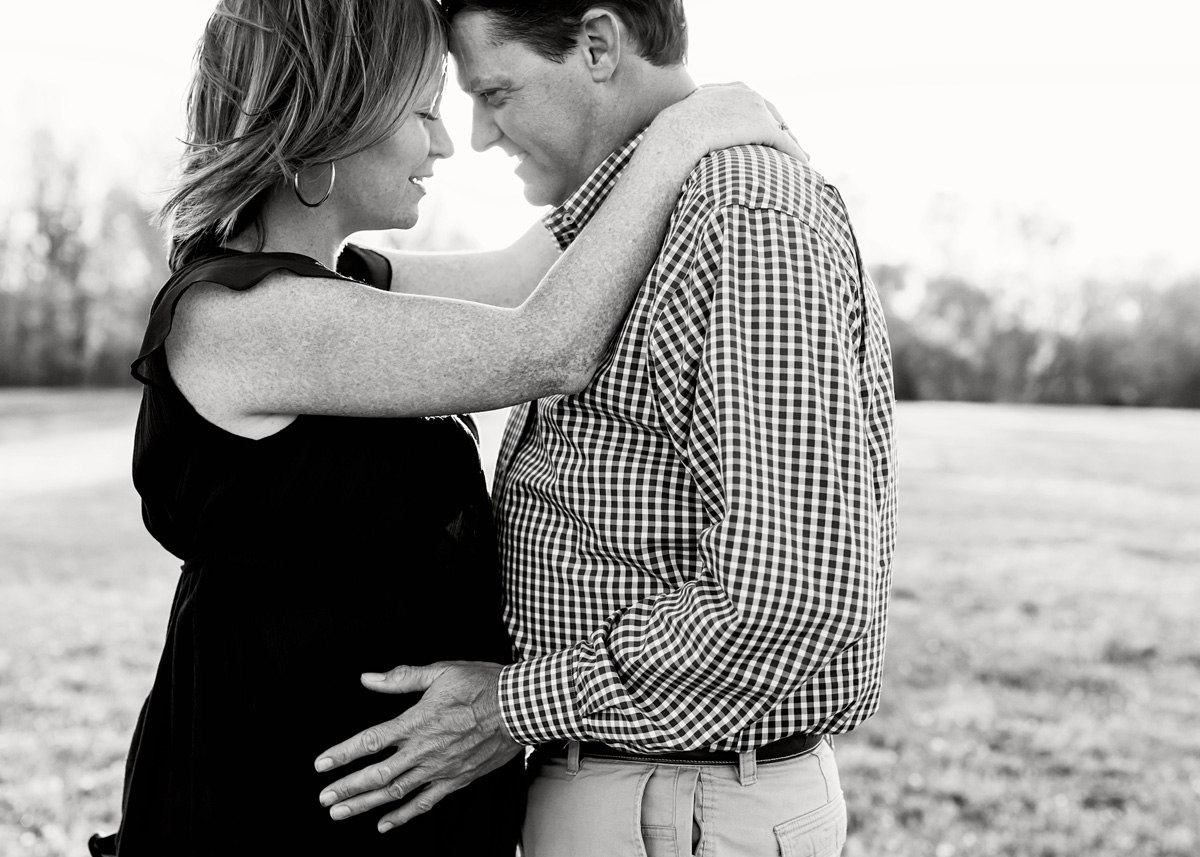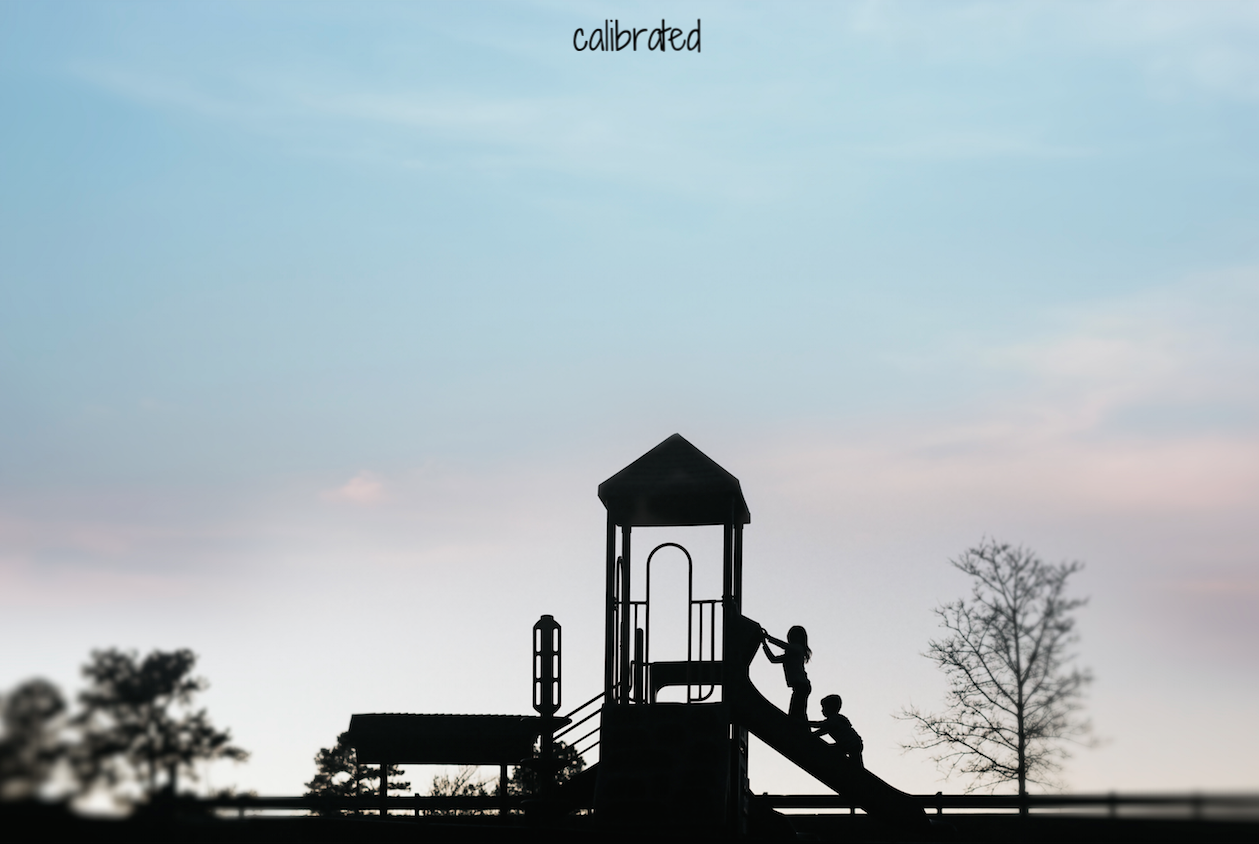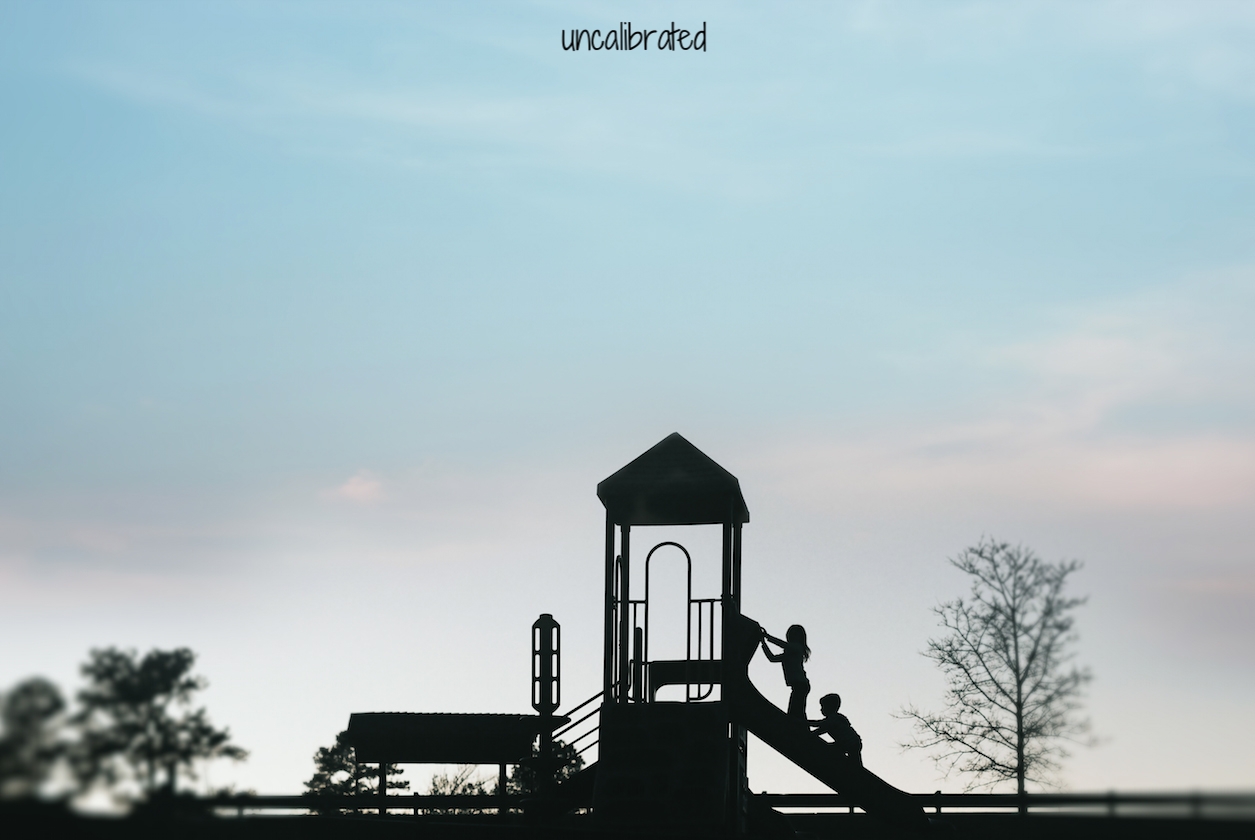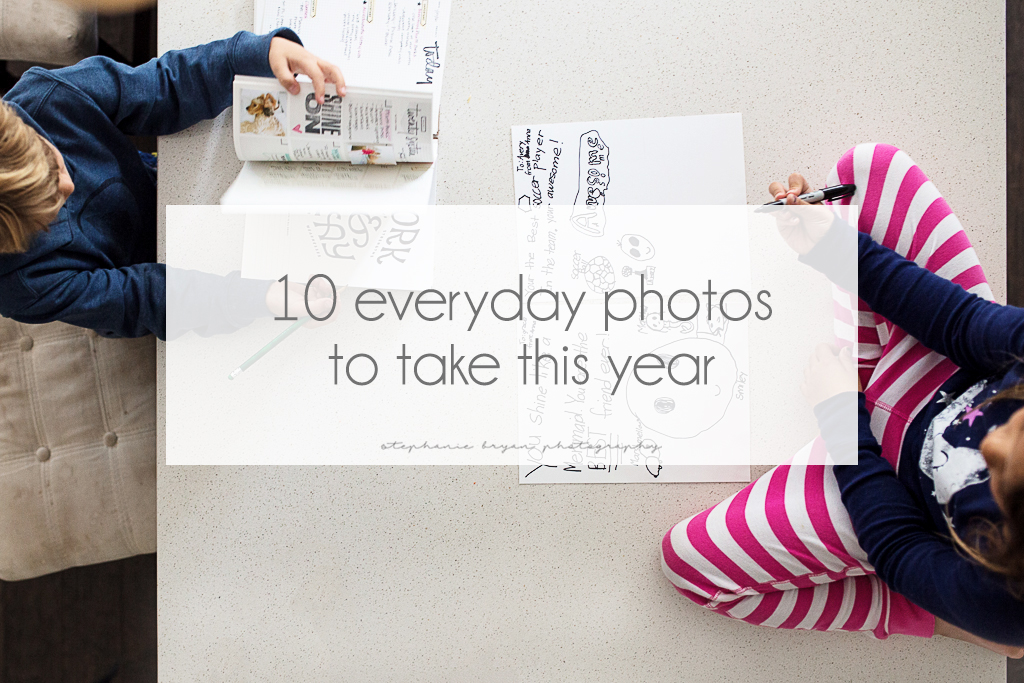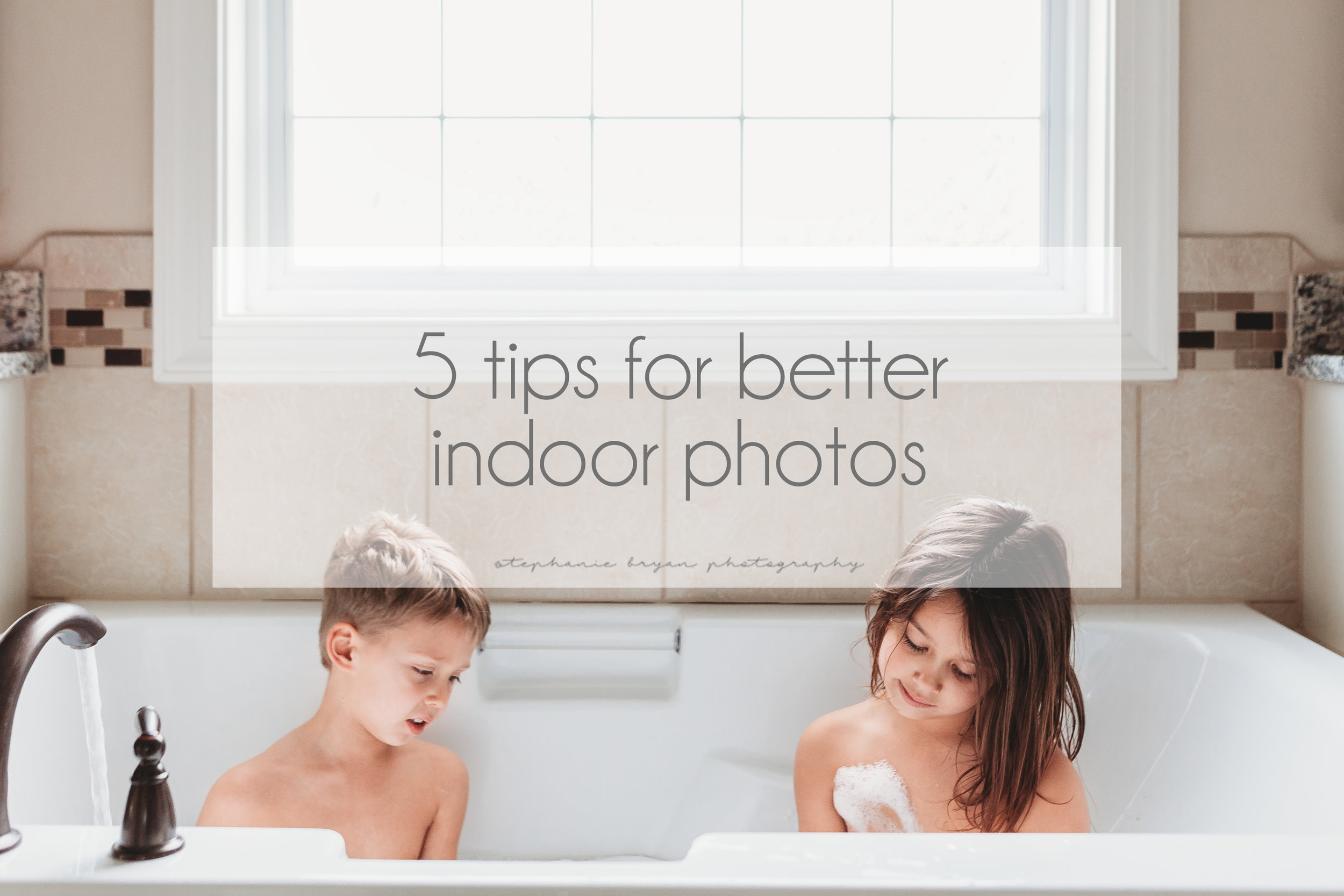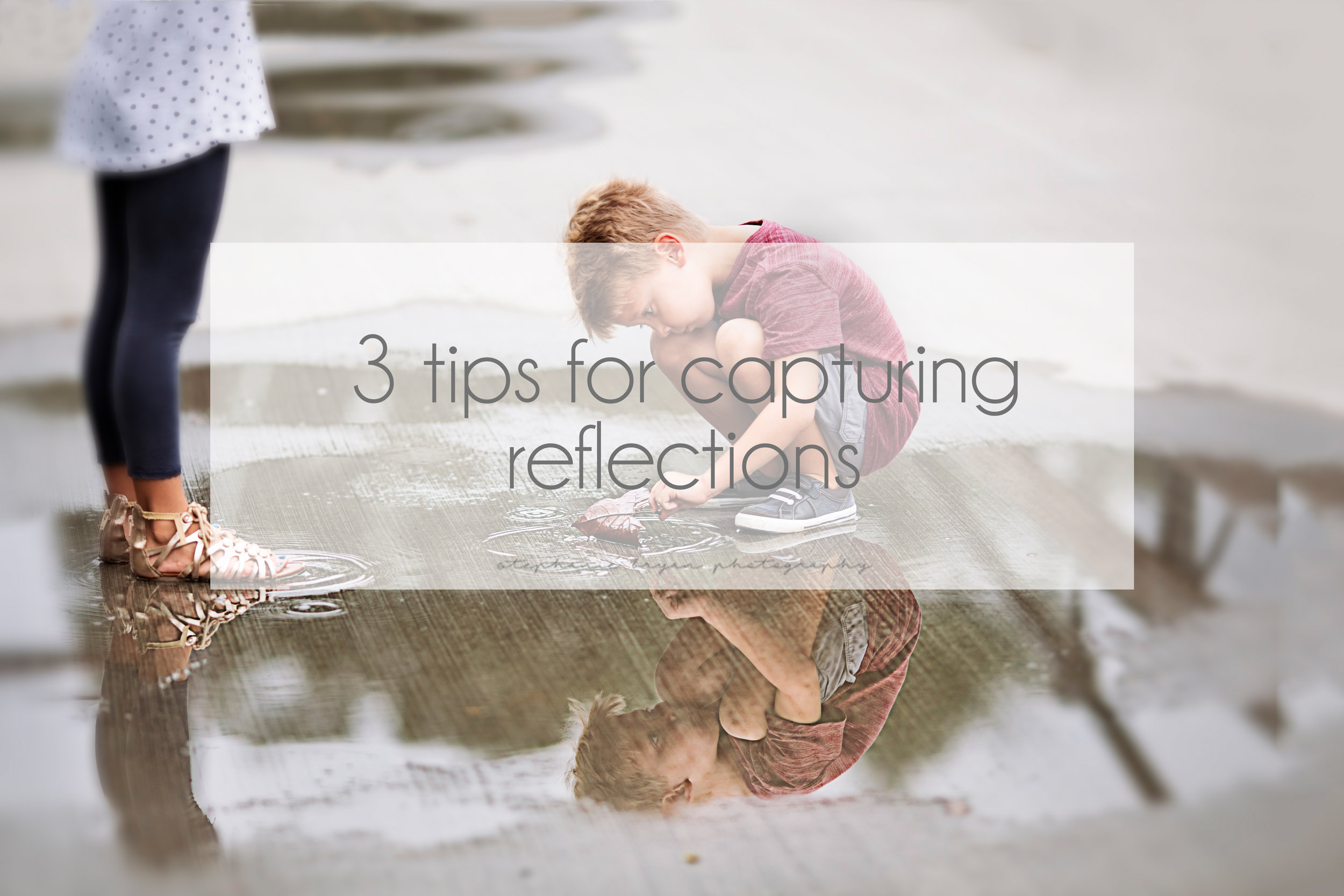I'm going to be honest here and tell you straight up that I had NO IDEA what monitor calibration meant about two years ago. I saw it all over the place over at Clickin Moms and every time I joined a new forum and created a profile, there was always that box to check if your monitor was calibrated, but I seriously had no idea what it meant or how to even do it.
And then I started shooting in RAW and upgraded to the new Adobe Creative Cloud and started seeing a HUGE discrepancy in my printed photos. I print the majority of my personal photos at home, and up until I switched to RAW I never noticed any real difference between how I edited my photos (and how they looked on my monitor) and the actual printed photos. When I switched to RAW, I changed my color space as well (I'll do a WHOLE post on color space one day too because it's so important to understand) and noticed my images and colors were just wacky.
So I did some research, bought a calibrator (Spyder 5 Express from Amazon) and decided to calibrate my monitor and see what happened. (And just FYI - the Spyder 5 Express is probably the lowest end of the Spyder series. Looking back, I would have probably purchased the Spyder 5 Pro). But....oh man...it was incredibly shocking to see the difference in the calibrated and uncalibrated view. Now I calibrate every month and am so thankful that I do! If you are a professional photographer, shoot in RAW or notice any discrepencies between your monitor and prints or your monitor and cell phone pictures, then you should consider calibrating as well.
What is monitor calibration?
In basic terms, monitor calibration is a measure of the colors being displayed on your screen. You use a device that sits on your screen and measures the various colors. It's pretty simple to do and super fast. Calibrating a monitor ensures that the colors displayed are accurate and consistent across every display, including printed images as well.
And if you're interested, you can watch the quick video below to see the process, as well as the calibrated/uncalibrated view in the program.
3 reasons you should calibrate your monitor?
1. Your monitor doesn't come calibrated.
2. Printed photos may differ from your monitor.
3. Monitors and screen displays change over time.
Computers get older. Colors change. Screens change. Bulbs get weaker. All of these are reasons enough to calibrate your monitor to make sure what you see is what you get.
As you can see in the video and the photos below, my monitor was a tad more "green" prior to the calibration. I noticed the biggest difference the very first time I calibrated my monitor. Now, I regularly calibrate and only notice a small difference each time I calibrate.
